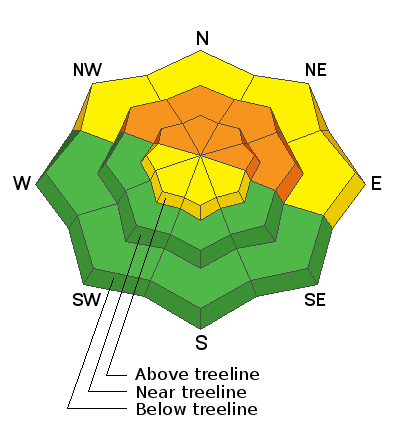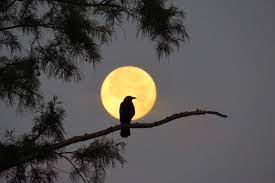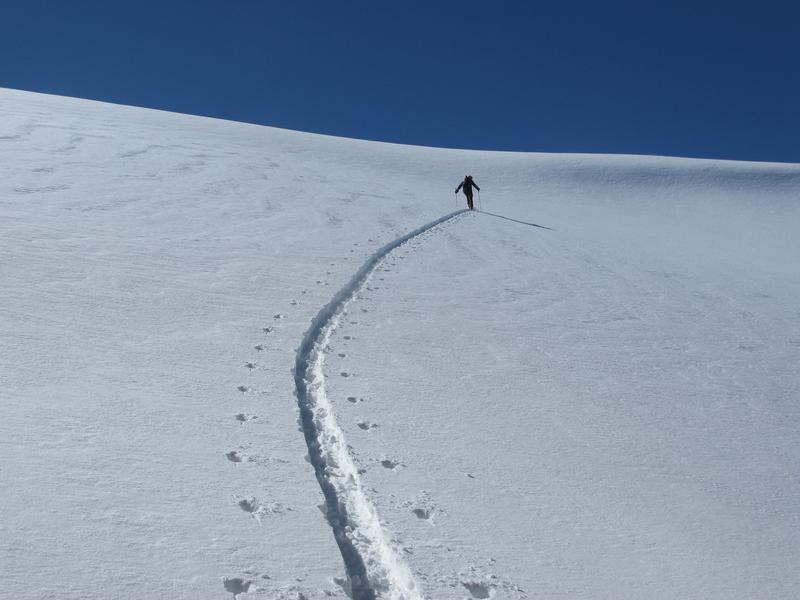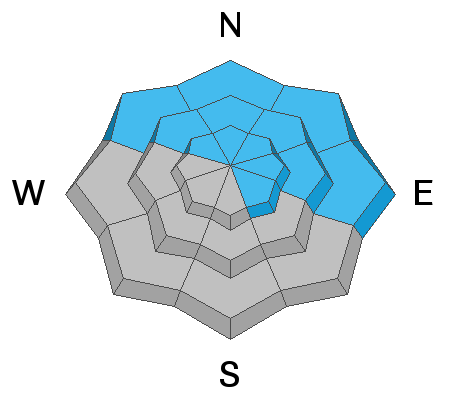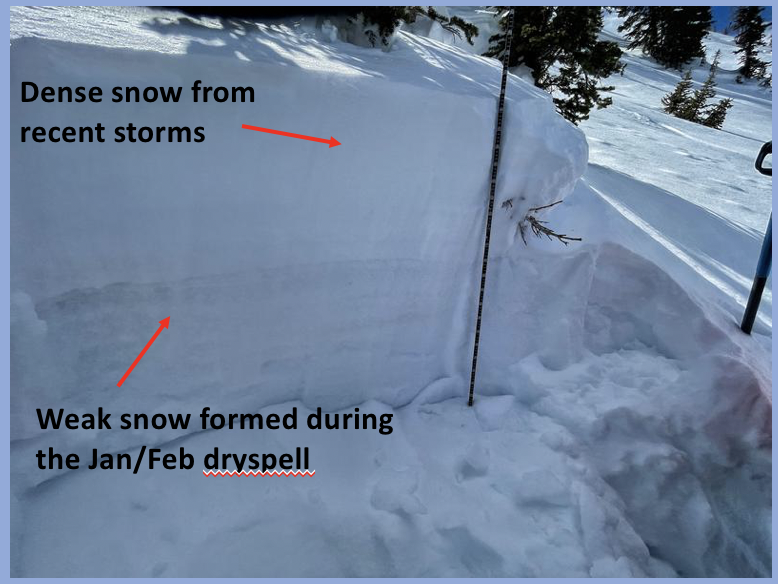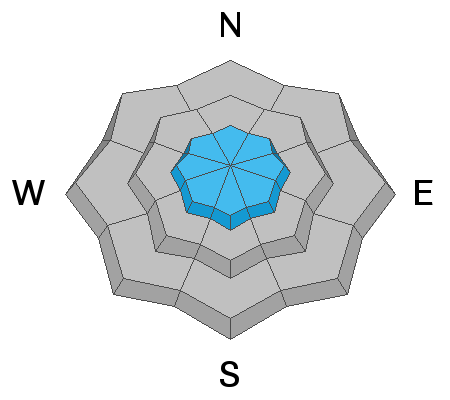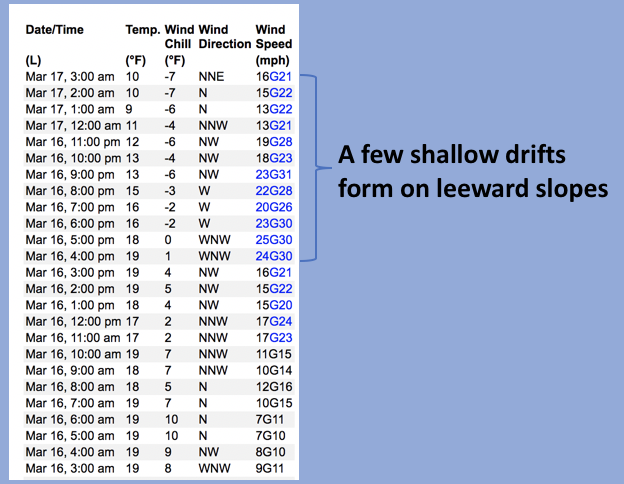What makes this situation tricky is the snowpack layering seen in the image above.
We've got an unusual, late season, set up... strong snow on top of weak snow that formed during the mid winter drought. And the weak layer is easily failing under our additional weight and will continue producing deep, dangerous avalanches today. Like a layer of dominoes with stronger snow resting on top, once our skis or track tip the first domino, it sets off a chain reaction in which all the dominoes (PWL) collapse. It's sorta like pulling the rug out from underneath, and the entire roof crashes down on us! Here's where it gets tricky... we don't even need to be on a steep slope, just near or connected to it (at the top, bottom, or to the side). Tip one of the dominoes over and now we're staring down the barrel of a scary avalanche!
What's the exit strategy? There are two options. Ride southerly facing slopes that don't have this weak layer, but offer crusty snow and a much thinner snowpack. Terrain facing the north half of the compass offers a deeper snowpack and cold powder, but likely harbor dangerous PWL and are unstable. In those areas, simply ride slopes less than 30 degrees in steepness with no overhead hazard... and that means nothing steeper above you.
Some recent thoughts from boots on the ground-
"I can’t remember a time that I’ve seen more red flags in one ride. We observed widespread cracking and collapsing. Avalanches were easily triggered on any test slope steeper than 30 degrees. Snowpro, avy educator extraordinaire,Wasatch SAR member, pro sledder, and all around great guy Tyler St. Jeor states it best in his comment from Saturday.
"We were fooled by old tracks and a lack of signs of instability" (which is the nature of avalanches that fracture on persistent weak layers of facets.) Family involved in Saturday's close call near Humpy Peak
I'm still thinking through the incident and lessons to share but 2 critical errors that stand out to me are: I thought that I could manage the terrain to avoid the avalanche problem. I thought that the most likely place to trigger the avalanche would be high up on the slope and close to the ridge in one of the primary start zones. Snowpro and avy educator with a solid snow sense and impressive acumen, my friend and colleague Bo Torrey reflects on yesterday's avalanche in Upper Weber Canyon
Mark visited Saturday's close call near Humpy Peak and has an excellent viddy and accident description above.

